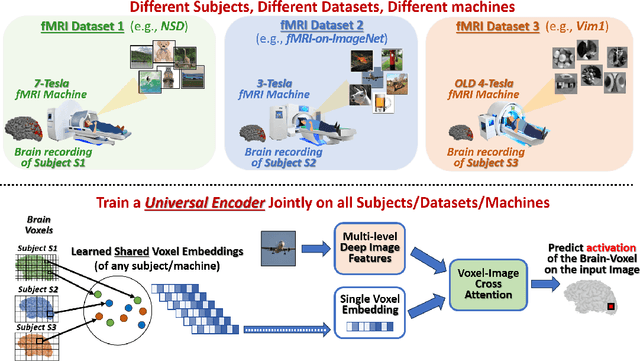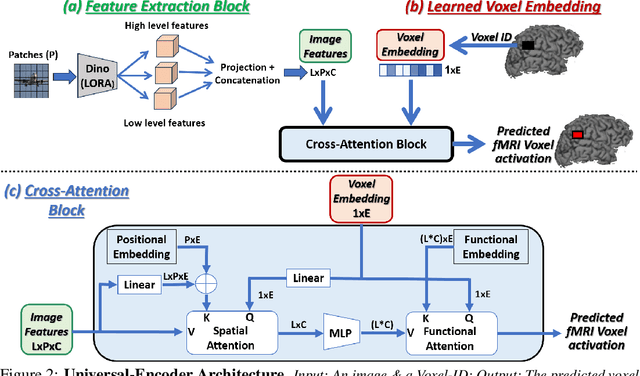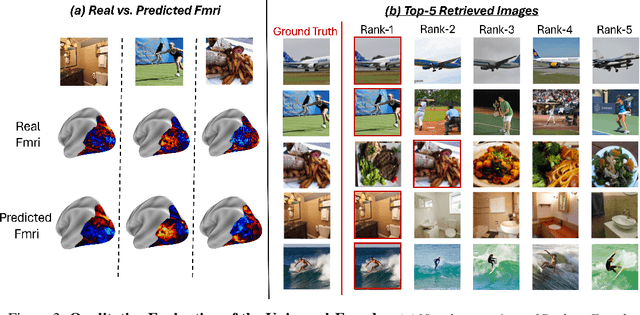Amit Zalcher
Don't Judge Before You CLIP: A Unified Approach for Perceptual Tasks
Mar 17, 2025Abstract:Visual perceptual tasks aim to predict human judgment of images (e.g., emotions invoked by images, image quality assessment). Unlike objective tasks such as object/scene recognition, perceptual tasks rely on subjective human assessments, making its data-labeling difficult. The scarcity of such human-annotated data results in small datasets leading to poor generalization. Typically, specialized models were designed for each perceptual task, tailored to its unique characteristics and its own training dataset. We propose a unified architectural framework for solving multiple different perceptual tasks leveraging CLIP as a prior. Our approach is based on recent cognitive findings which indicate that CLIP correlates well with human judgment. While CLIP was explicitly trained to align images and text, it implicitly also learned human inclinations. We attribute this to the inclusion of human-written image captions in CLIP's training data, which contain not only factual image descriptions, but inevitably also human sentiments and emotions. This makes CLIP a particularly strong prior for perceptual tasks. Accordingly, we suggest that minimal adaptation of CLIP suffices for solving a variety of perceptual tasks. Our simple unified framework employs a lightweight adaptation to fine-tune CLIP to each task, without requiring any task-specific architectural changes. We evaluate our approach on three tasks: (i) Image Memorability Prediction, (ii) No-reference Image Quality Assessment, and (iii) Visual Emotion Analysis. Our model achieves state-of-the-art results on all three tasks, while demonstrating improved generalization across different datasets.
The Wisdom of a Crowd of Brains: A Universal Brain Encoder
Jun 18, 2024



Abstract:Image-to-fMRI encoding is important for both neuroscience research and practical applications. However, such "Brain-Encoders" have been typically trained per-subject and per fMRI-dataset, thus restricted to very limited training data. In this paper we propose a Universal Brain-Encoder, which can be trained jointly on data from many different subjects/datasets/machines. What makes this possible is our new voxel-centric Encoder architecture, which learns a unique "voxel-embedding" per brain-voxel. Our Encoder trains to predict the response of each brain-voxel on every image, by directly computing the cross-attention between the brain-voxel embedding and multi-level deep image features. This voxel-centric architecture allows the functional role of each brain-voxel to naturally emerge from the voxel-image cross-attention. We show the power of this approach to (i) combine data from multiple different subjects (a "Crowd of Brains") to improve each individual brain-encoding, (ii) quick & effective Transfer-Learning across subjects, datasets, and machines (e.g., 3-Tesla, 7-Tesla), with few training examples, and (iii) use the learned voxel-embeddings as a powerful tool to explore brain functionality (e.g., what is encoded where in the brain).
 Add to Chrome
Add to Chrome Add to Firefox
Add to Firefox Add to Edge
Add to Edge